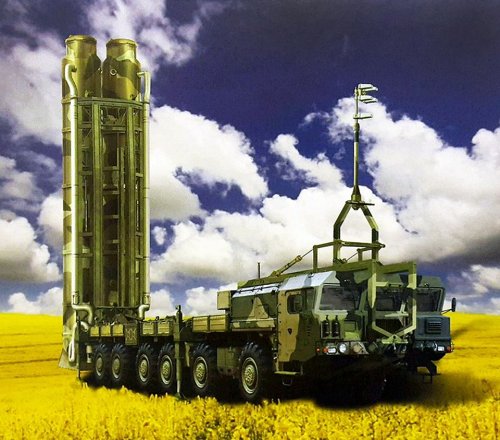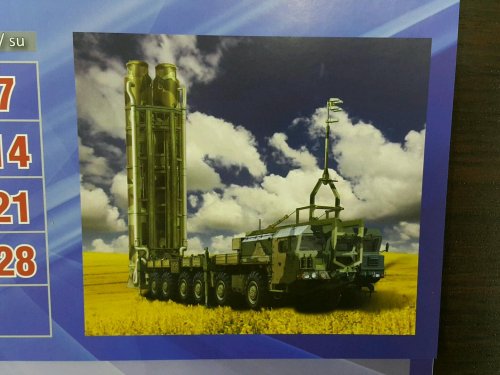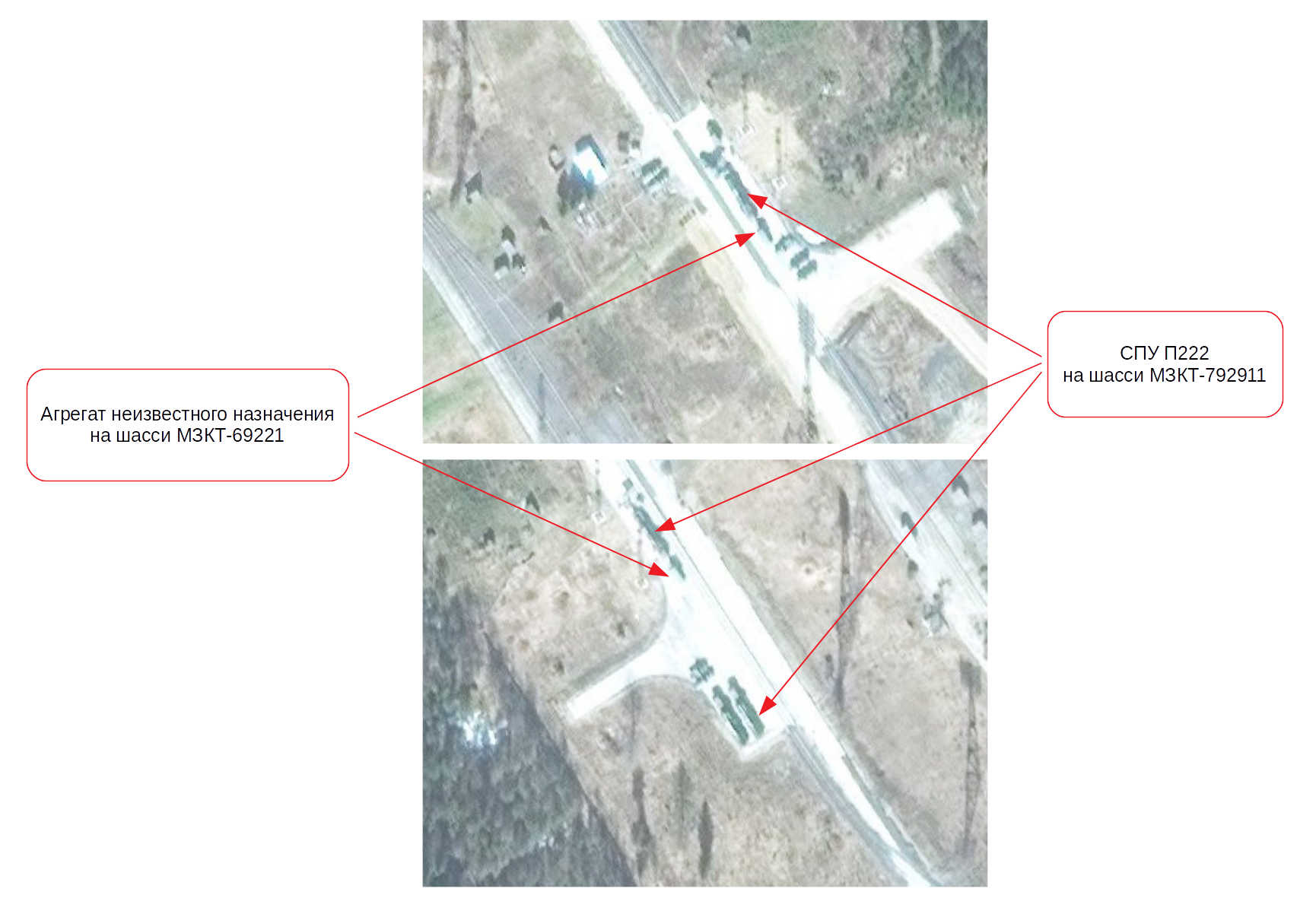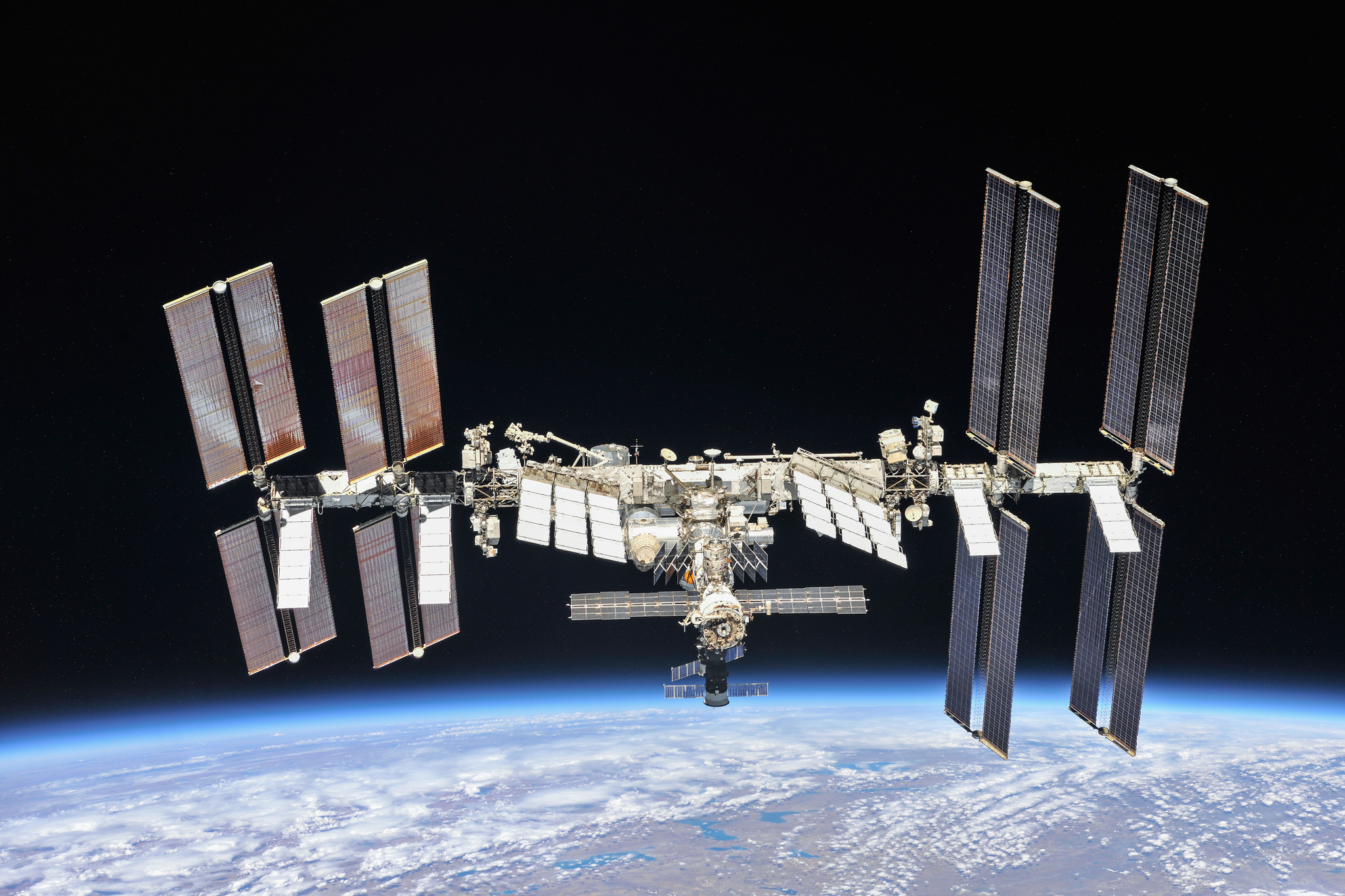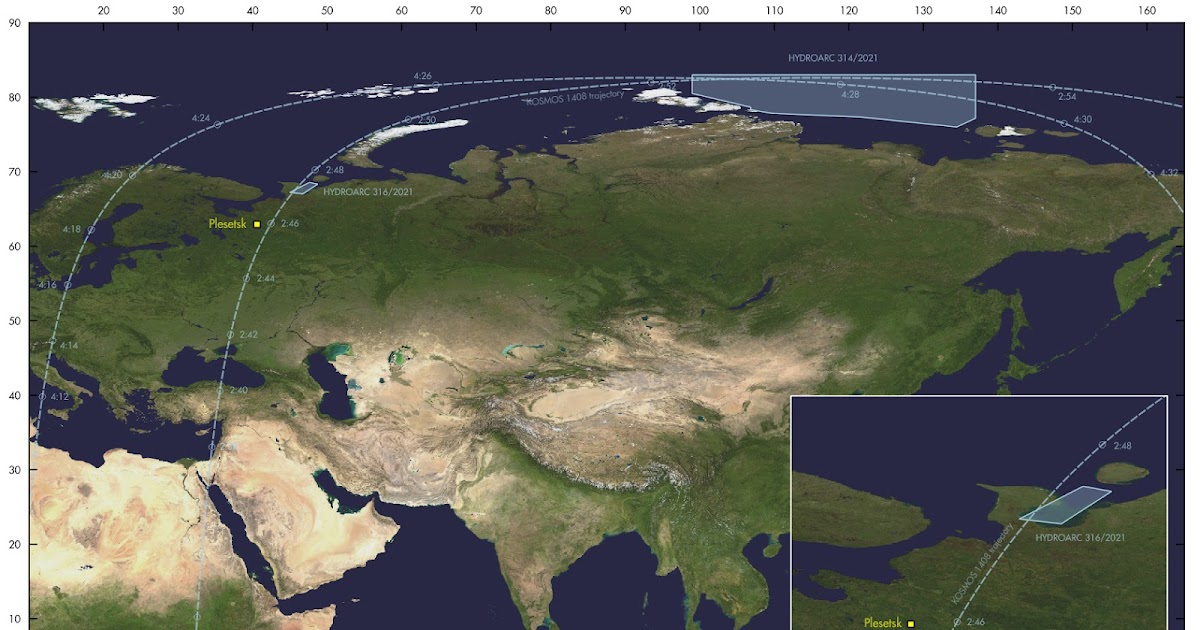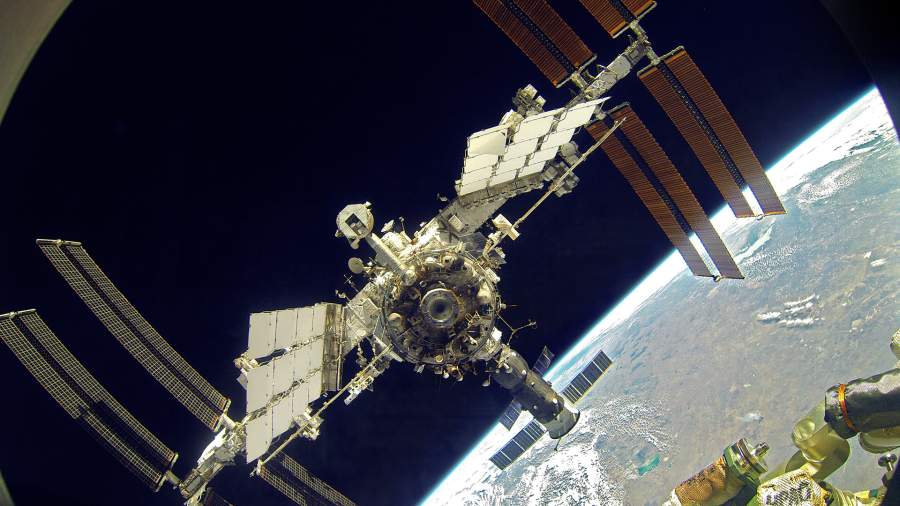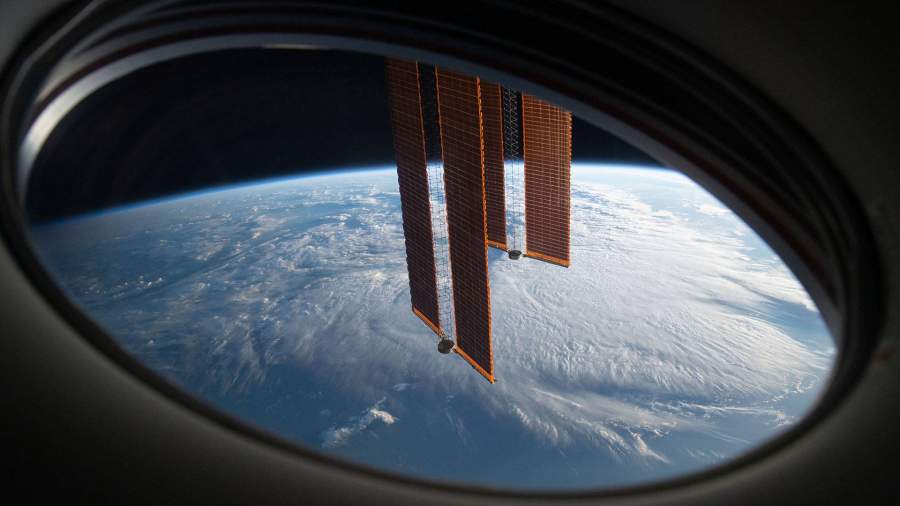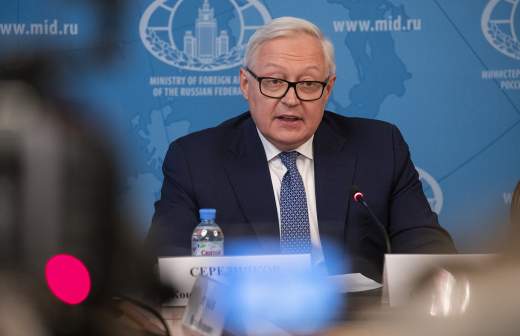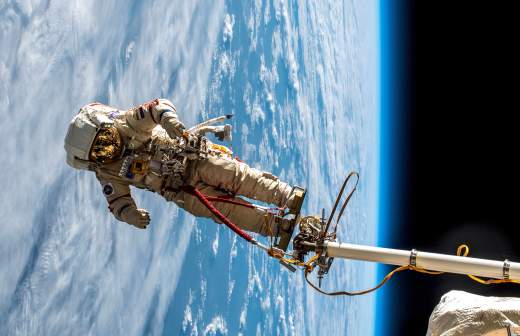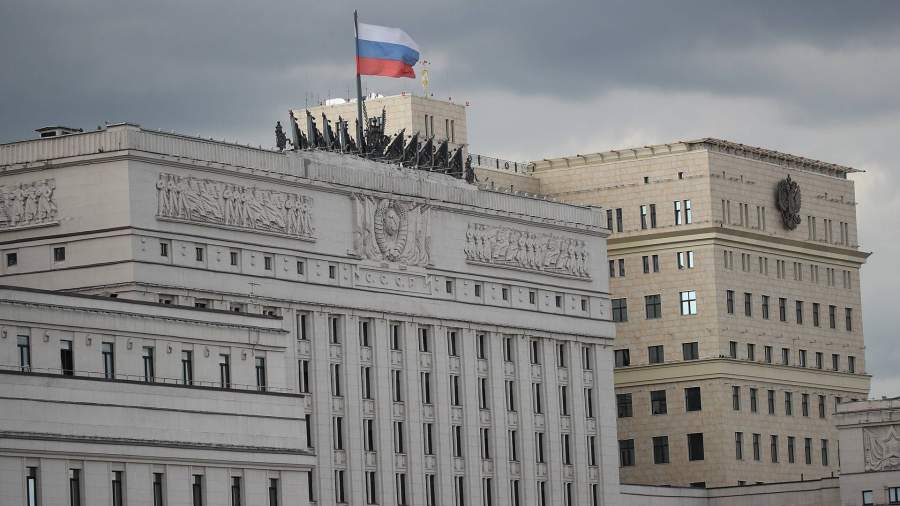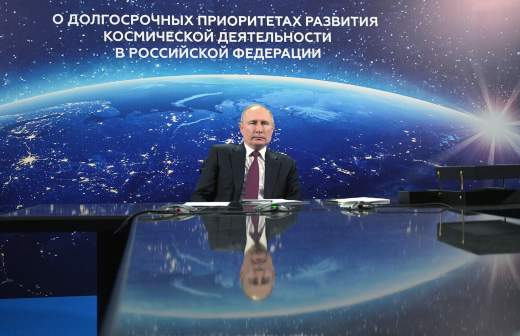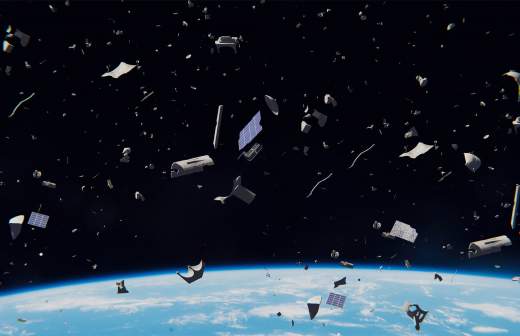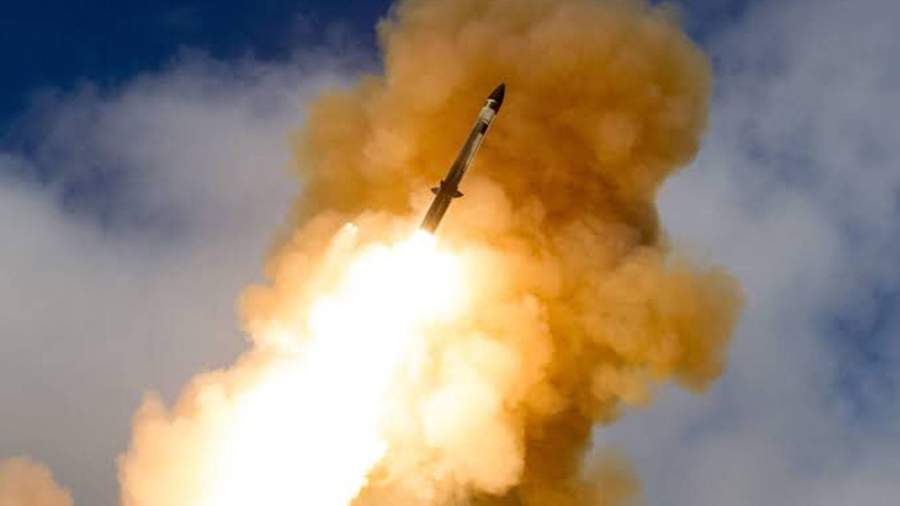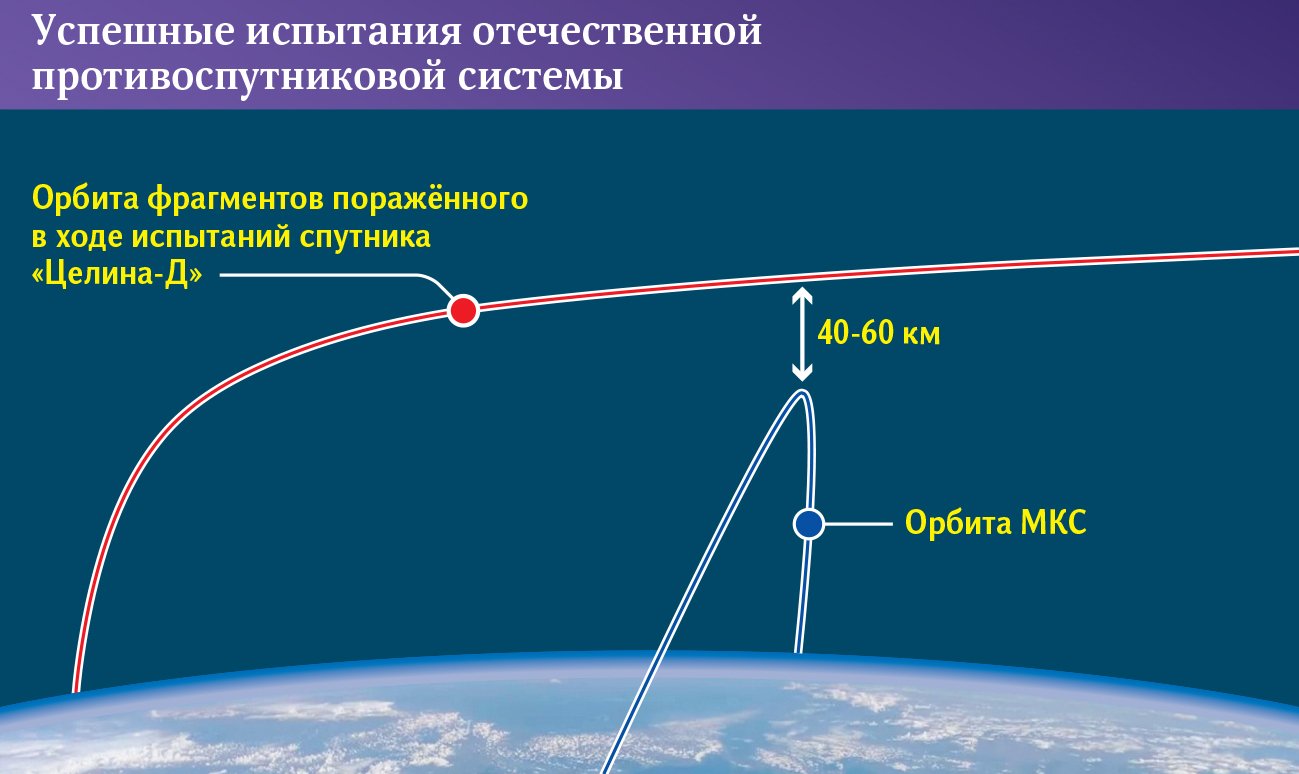Updated plot in inertial coordinates showing the estimated intercept location (where densest debris region will be) and the orbit of the Chinese space station (green), Of course what's missing in this plot is height above the Earth
View: https://twitter.com/planet4589/status/1460355721699246087
Rogozin and NASA Chief Nelson Discuss By Phone the Safety of ISS Crews.
19:51 11/16/2021 (updated: 20:19 11/16/2021)
MOSCOW, November 16 - RIA Novosti. Roscosmos CEO Dmitry Rogozin said that he had a telephone conversation with NASA head Bill Nelson, they agreed to move on and ensure the safety of the crews at the International Space Station .
"At 19.00 Moscow time, I had a detailed telephone conversation with the head of the NASA administration, Senator Bill Nelson . The parties stated ... Okay. In short, and in Russian, we are moving on, ensuring the safety of our crews on the ISS, making joint plans," wrote Rogozin on Telegram .
He added that he hopes to see the head of NASA soon and is waiting for him in Moscow , since he himself cannot visit the United States .
On Monday, space debris flew past the ISS several times at intervals of an hour and a half. Cosmonauts and astronauts hid in the Soyuz MS-19 and Crew Dragon spacecraft docked to the station.
US Secretary of State Anthony Blinken said that a cloud of 1,500 debris appeared as a result of Russia's testing of anti-satellite systems. US space command claims that a right ascension anti-satellite missile was tested on November 15, which hit the Russian Kosmos-1408 satellite.
The Pentagon said that Russia did not warn the American military about the planned tests, and the anti-satellite weapons being developed could pose a threat to the United States and other space powers. The head of NASA Bill Nelson agrees that the cloud of debris was formed as a result of tests of Russian weapons.
Roscosmos stated that the Russian system for warning of dangerous situations in space is monitoring the situation, and called the safety of the ISS crew a top priority in the creation and operation of space technology.
The Russian Defense Ministry called the accusations of the West hypocritical, and clarified that the United States should be "known for certain" that the fragments of the Tselina-D satellite, in terms of test time and orbit parameters, did not and will not pose a threat to orbital stations and spacecraft. Russian Defense Minister Sergei Shoigu confirmed the successful testing of the anti-satellite system by Russia. According to him, “it struck the old satellite with jewelry,” and its debris does not threaten space activities.
Гендиректор "Роскосмоса" Дмитрий Рогозин заявил, что провел телефонный разговор с главой НАСА Биллом Нельсоном, они договорились двигаться дальше и обеспечивать РИА Новости, 16.11.2021

ria.ru

